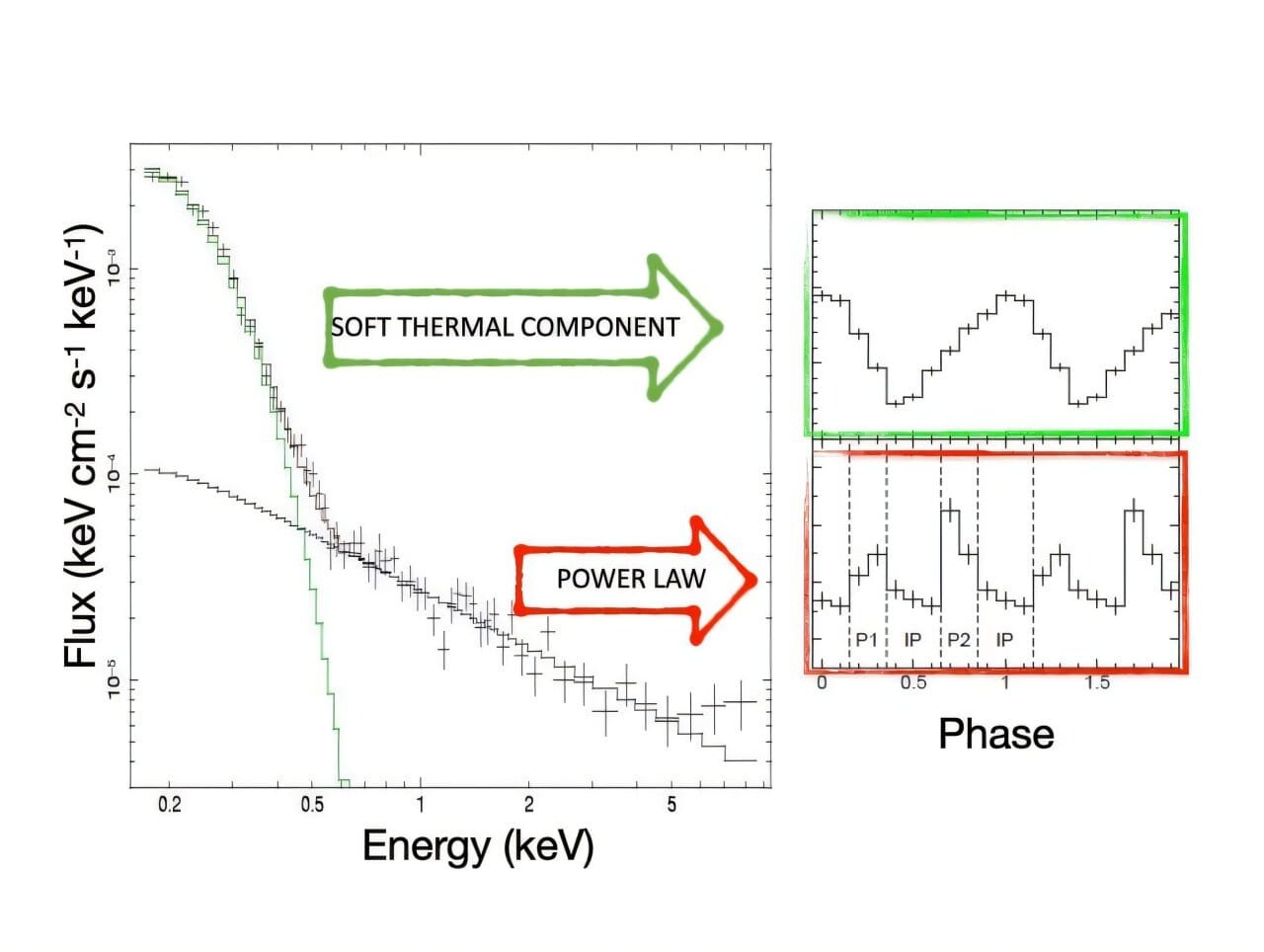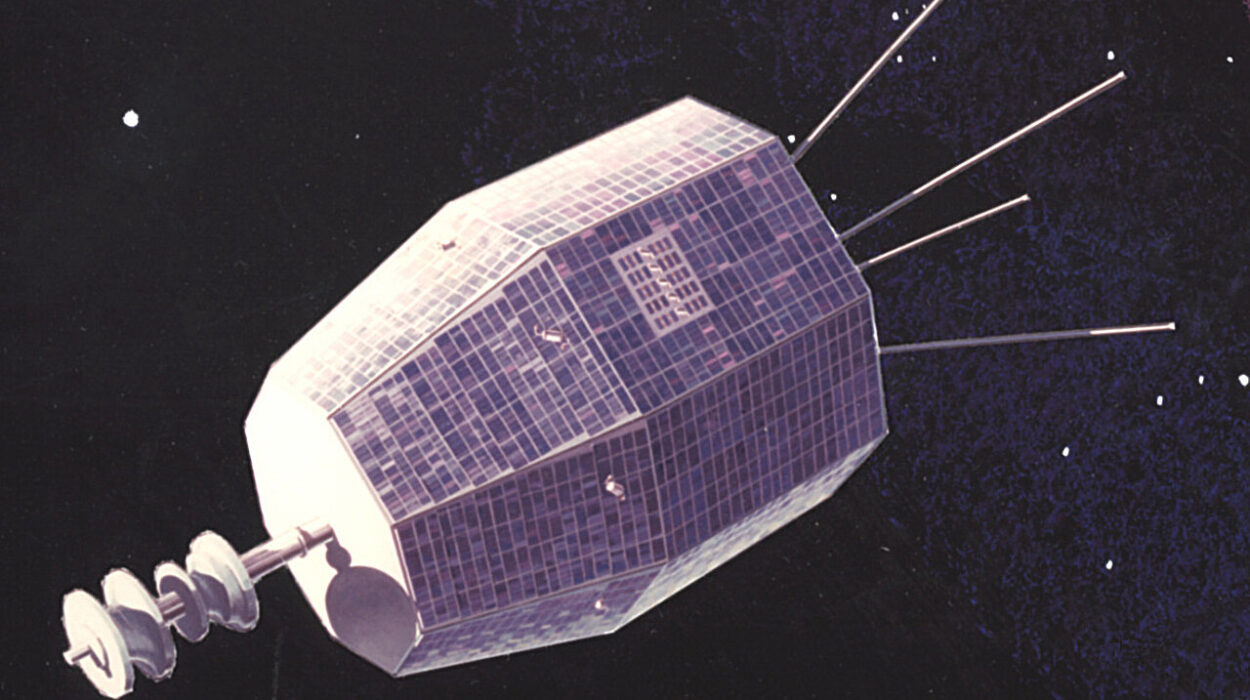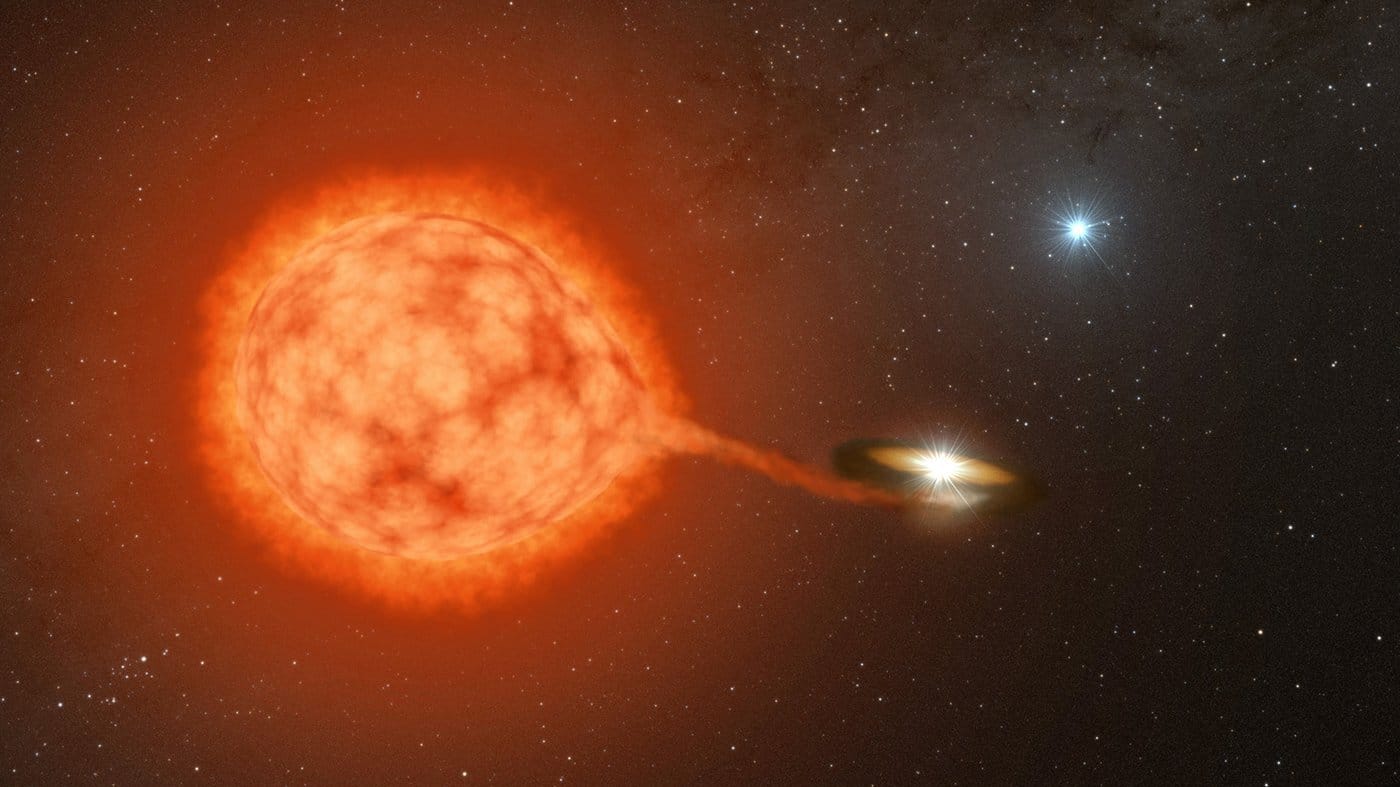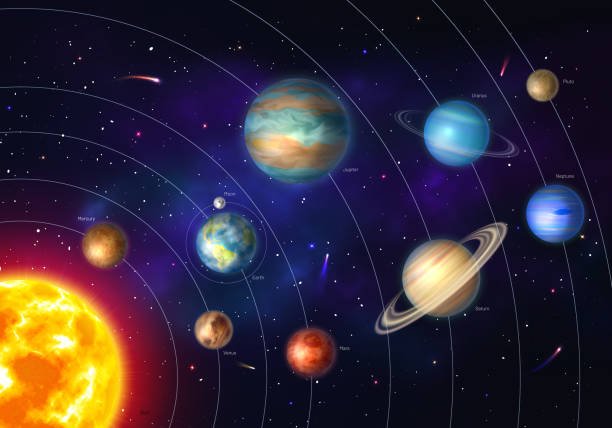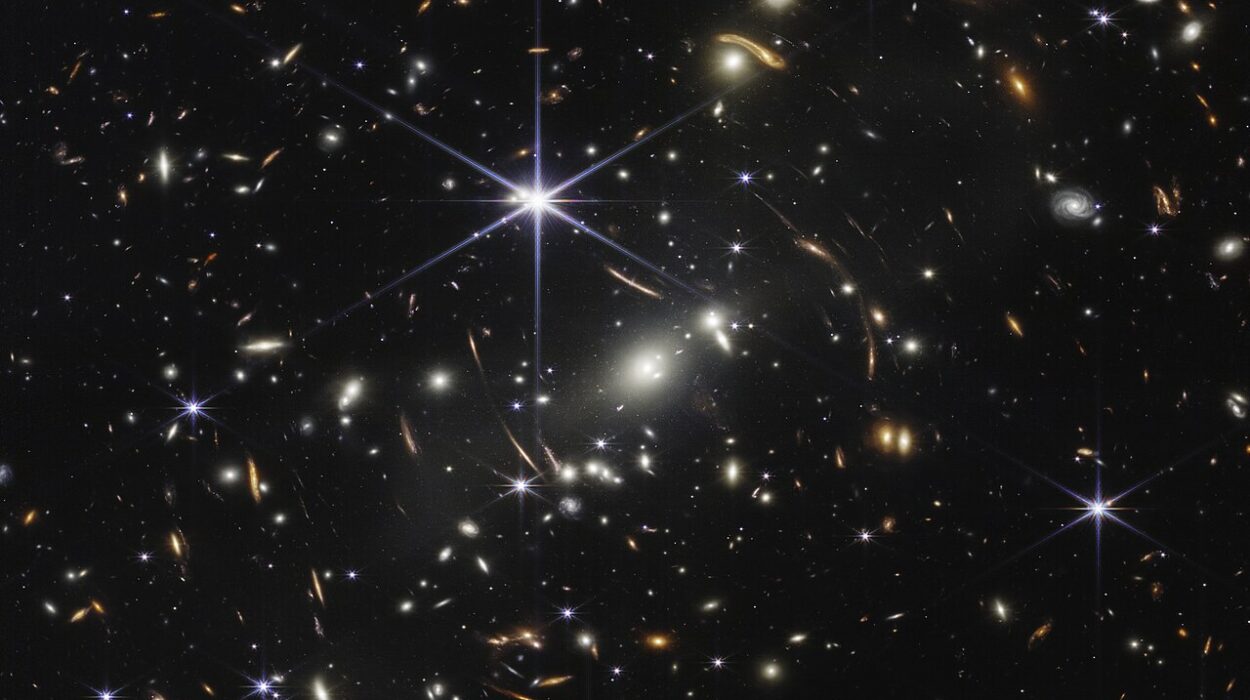An intriguing binary system in the constellation Puppis, HD 49798/RX J0648.0–4418, has captured the attention of astronomers for decades. It features HD 49798, a bright O-type subdwarf star (sdO), and an enigmatic companion object that has sparked debates about its true nature. Recent research led by Sandro Mereghetti of the Institute of Space Astrophysics and Cosmic Physics of Milano has brought the scientific community closer to solving this mystery. This study provides compelling evidence that the companion is a massive, fast-spinning white dwarf, offering fascinating insights into the system’s structure, behavior, and potential evolutionary outcomes.
Located approximately 1,700 light-years away, HD 49798 is the most luminous known subdwarf O star. It boasts an impressive bolometric luminosity of 4,400 times that of the sun and an effective temperature of about 47,500 K. With an absolute magnitude of -0.24, HD 49798 shines brightly against the backdrop of the cosmos. Observational studies of this star have identified prominent helium and nitrogen lines in its spectrum, coupled with radial velocity variations indicative of the gravitational influence of an unseen companion.
Over the years, astronomers have utilized a range of observational techniques to investigate this system. In the 1990s, soft X-ray emissions were detected from a source positioned identically with HD 49798, designated RX J0648.0–4418. A significant periodicity was observed in these X-rays, suggesting the presence of either a rapidly spinning neutron star or a white dwarf as the companion. While initial analyses left both possibilities on the table, the latest research leans toward the white dwarf scenario based on detailed evaluations of multiple system parameters.
Mereghetti’s research has identified the companion object as a white dwarf with a mass of approximately 1.22 solar masses and an astonishingly short spin period of about 13.2 seconds. This rapid rotation places it among the fastest-spinning white dwarfs known. Although a neutron star with similar parameters could explain some features of the system, specific characteristics solidly favor the white dwarf interpretation. These include the X-ray luminosity, the evolution of the spin period, and the small size of the X-ray emitting region, all of which align better with white dwarf properties.
The study also sheds light on how this white dwarf powers its X-ray emissions. The X-rays are pulsed with a very soft spectrum, generated through accretion of the stellar wind emitted by the hot subdwarf HD 49798. With a radius of approximately 1.08 solar radii and a mass of around 1.41 solar masses, HD 49798 drives the system’s dynamics. The interaction between its powerful stellar wind and the compact white dwarf fuels the energetic emissions that make this system so distinctive. These interactions occur in an orbit with a period of about 1.55 days.
One of the unique aspects of HD 49798/RX J0648.0–4418 is its designation as the only known X-ray binary powered by accretion from a hot subdwarf donor. This system stands apart due to its rare combination of features: the white dwarf’s large mass and short spin period, the subdwarf’s high luminosity and peculiar chemical composition, and the close, synchronized interplay of these elements. These attributes make HD 49798/RX J0648.0–4418 a valuable laboratory for testing theoretical models of stellar evolution, particularly those involving compact objects and binary interactions.
The implications of this discovery extend beyond the realm of binary systems. White dwarfs with extreme parameters, such as the one in HD 49798/RX J0648.0–4418, are intriguing from the perspective of astrophysical phenomena like type Ia supernovae, potential mergers, and even gravitational wave production. Given the white dwarf’s high mass and rapid rotation, it could approach critical limits under specific conditions, providing opportunities to study phenomena like thermonuclear explosions or accretion-induced collapse into a neutron star. These processes are essential to understanding the chemical enrichment of galaxies and the production of heavy elements.
The system also contributes to our understanding of hot subdwarfs, a class of stars characterized by their high surface temperatures, low surface gravities, and unusual chemical abundances. HD 49798 exemplifies how such stars interact with companions in binary systems, driving mass transfer processes and emitting high-energy radiation. Investigating these dynamics enriches our broader understanding of stellar evolution, including pathways leading to the formation of exotic objects like white dwarfs and neutron stars.
Looking ahead, further research into HD 49798/RX J0648.0–4418 could provide critical insights into several astrophysical questions. Observing the long-term evolution of the white dwarf’s spin period, investigating potential pulsations in the subdwarf, and exploring the system’s X-ray variability are among the avenues for future studies. Advanced observational tools, such as upcoming space telescopes and ground-based observatories equipped with high-resolution spectrographs, will play a crucial role in these endeavors.
Reference: Sandro Mereghetti, The massive fast spinning white dwarf in the HD 49798/RX J0648.0-4418 binary, arXiv (2024). DOI: 10.48550/arxiv.2412.18546
